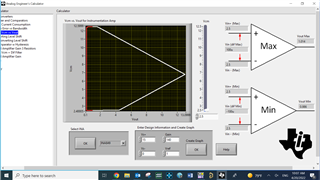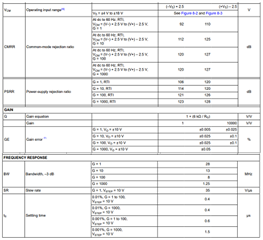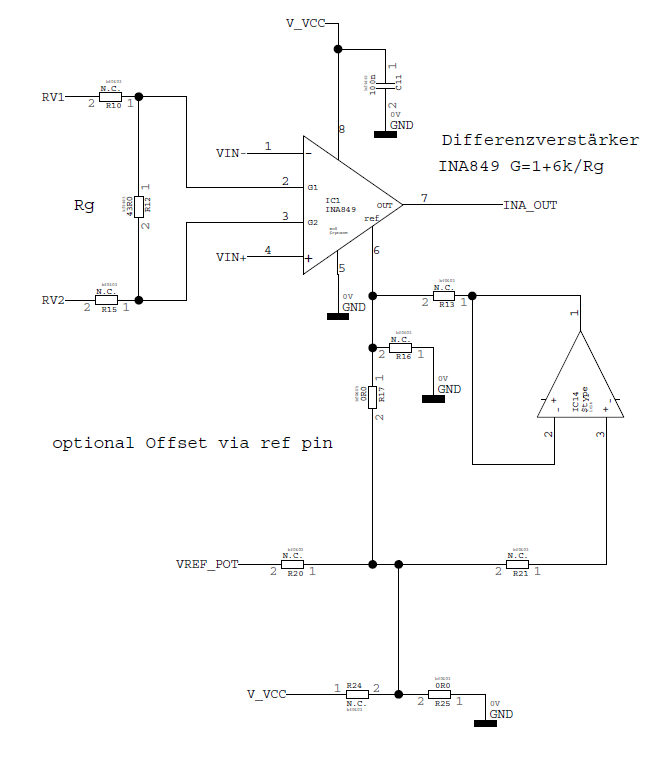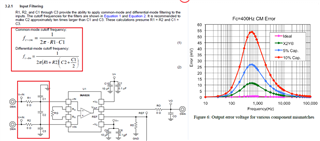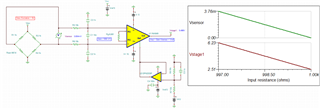Other Parts Discussed in Thread: TINA-TI, REF5025, REF3025
Hi Team,
Can you have a look at the following customer question?
I'm using the INA849 for the evaluation of a strain gauge sensor circuit.
Single supply +15V
My Vcm is 2.5V. (Sensor is operated with 5 V)
Differential input voltage is between 0.1 mV and ~3.0 mV
The signal is amplified by downstream operational amplifiers to a range of ~1V - 10V.
(the signal of the INA849 is amplified and ~1V offset is added).
I am still thinking what would be ideal gain on the INA849 and what gain should be selected on the downstream opamp.
And whether the Vcm voltage should be boosted by external circuitry.
At the moment I have the INA849 with G=140, and the opamp with G=20, so that I have a total of G = 2800.
Do you have a suggestion on how best to divide the gain factors?
Thank you,
Franz


